Another version of Duxford's Bf 109 E-4/N
Some time back, I threatened to post an article showing the results of my 3rd attempt to model the Bf 109 that came down not far away from where I live today in East Dean near Eastbourne. As many of you know, the remnants of this particular a/c are currently on display in the Battle of Britain hangar at the IWM site in Duxford. I'll be renewing my acquaintance with this display 23 September 2017 when I'm attending the IWM Battle of Britain display at Duxford, hoping the weather plays ball for the flying sequences.
The basis for my model is the Eduard 1/32 scale Bf 109 E-3 kit, with some etched detail from one of their etched frets and a few twiddly bits that I felt obliged to have a go at. Much of this detail is in the cockpit which I decided to leave closed, as it is in the Duxford display. I'm not particularly happy about the W/T aerial and the insulators which I must admit are quite overscale. I used some small jewellry beading that I found in my local Hobbycraft shop and suspect I might take all that off and have another go at some point. It just seems wrong, particularly in the larger scales, not to make some attempt at these other than blobs of ca or some other material.
Points of interest/disagreement for those that are interested in the finer (?) points on this subject include my possibly controversial decision to spray the a/c upper surfaces with my version of a faded RLM 02/71 scheme rather than the greys that the Duxford a/c is coloured with. I understand that these may have been opted for based on colour samples of the paint on the a/c prior to its final renovation but couldn't see the logic that early in the autumn of 1940. I prefer to believe that after the death of the previous pilot, Karl Ebbighausen, the commander of II / JG 26, this a/c would have continued to be used by various other pilots, with the Gruppenkommandeur's markings painted over but leaving his victory markings on the fin as it is shown in Duxford. It's my opinion so could just as easily be wrong.
The eagle-eyed among you will note that the yellow fuel triangle under the fuel filler access cover shows "C3" rather than "100" as it is on the renovated a/c. This decision was taken after close examination of the b&w picture of the a/c being taken off some transporter some time in 1941/42 when the a/c was on its Bundles for Britain tour of N America.
The final pic above shows the location of the a/c's crash in 1940 not far from my house. It's shown as No 13 on this map, the other numbers representing the locations of the various British and German casualties during the Battle of Britain in the summer of 1940. The background to this and all the other local casualties can be found in my 2008 book "Beachy Head! Angels 20" for those who may be interested. Anyone interested can find it on Amazon, possibly other second hand sources, but failing those, I'd be happy to supply new copies at a discounted price for iModeler contributors.
Paul
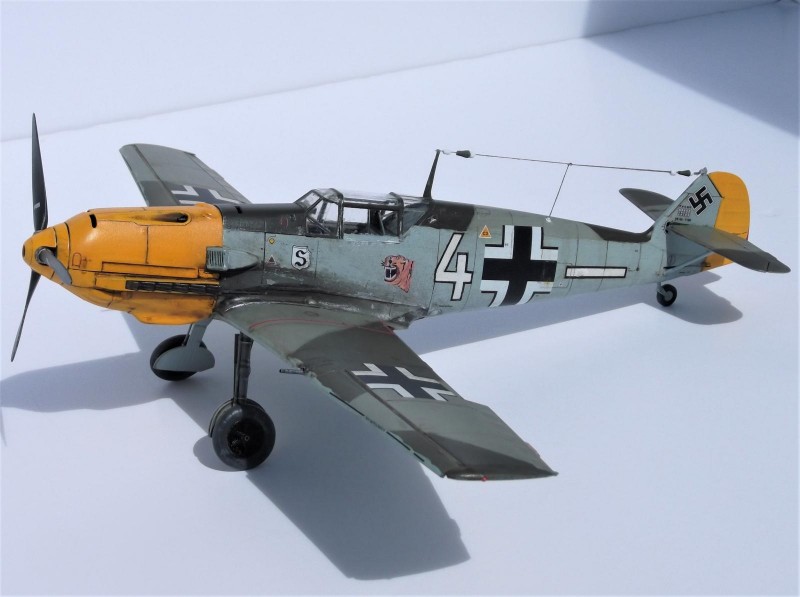
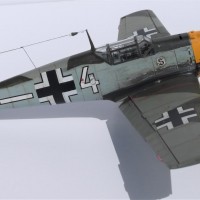
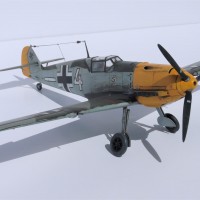
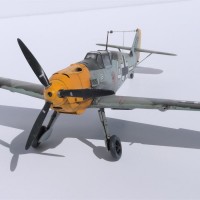
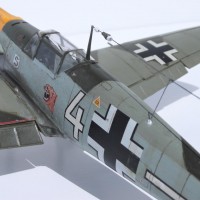
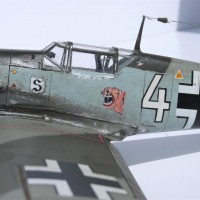
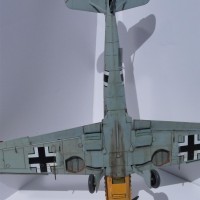
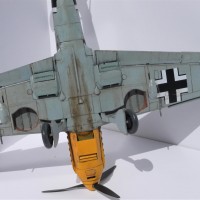
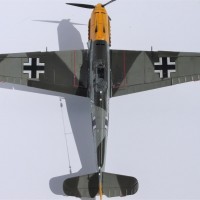
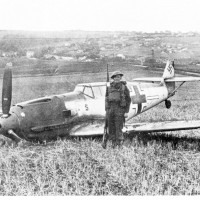
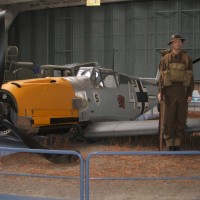
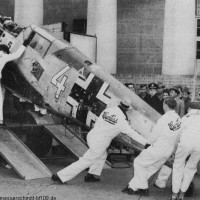


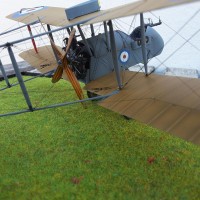
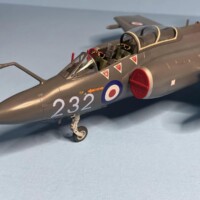

Very nice looking build, Paul...well done.
Great job, and nice historical touch.
Agree with Robert, the story&research is a nice touch.
I like your Emil very much, solid build and painted, but the UC legs should be angled a bit more forward to look the part imo.
Very nice work.
What surprises me is the dark colour of the "Yellow" engine-hood on picture 10. Darker than the "Green" and nearly as dark as black.
Does anyone know what the smolle whity Symbol behind the spinner means?
Hi Hans - I think the B&W Film often used up till WW2 frequently gave this impression. I can't recall the type of film stock but have seen it on WW1 subjects as well. The small white symbol is actually a bullet hole, The a/c came down since the glycol coolant was running out and the DB engine would have seized overheated somewhere less hospitable than the field near my house. Soits and Hurris had a similar problem since all had liquid cooled engines.
Paul
Paul, I first saw this aircraft in an Old RAF Flying Review, when there was no info about it. It became known to them as "That 109". I believe after its US tour, it ended up in Canada, then back to GB. There is a sideview in Harleyfords Aircraft Markings of the World 1912-1967.(P 158) It says "...sports a typical Battle of Britain colour scheme." No comment on the colours.
Hi Bernard - I have a copy of the same Flying Review as well as a small library of other pics both in the US and over here. All very helpful when you're trying to make an accurate model.
Paul
Very nice Paul
Outstanding, Paul.
I wonder where the prop spinner cover is on the Duxford display. I'm not yet done with your book but I highly recommend it to all. I find it interesting to see the smiles on the faces of the 2 soldiers guarding the wreck in the original photo. I'm sure they were quite happy to have their photo taken. One less "bad guy" to attack their lovely country and town!
Again, Great Job!
Hi Jeff - Just back from a 2 day tour from the Duxford BoB airshow and a visit to the Shuttleworth collection at Old Warden, not that far away. Both the spinner and engine show up in some of the pics I have of this a/c while in the US, but by the time it was brought back to the UK from a Canadian scrapyard in the 1960s, both had disappeared. The engine in the Duxford renovation is from some other source and I'm not the only one to be confused why the IWM didn't manage to pit the correct front windscreen section in place of the one you can see. It looks completely wrong.
Cheers
Paul
Nice antenna details und very nice scheme, like it.
Thanks to everyone who's looked at this post. All the remarks have relevance when you're aiming to get it "just right" which many of us fail to do.
Thanks - Paul
Very nice!
Good job.
REGARDS